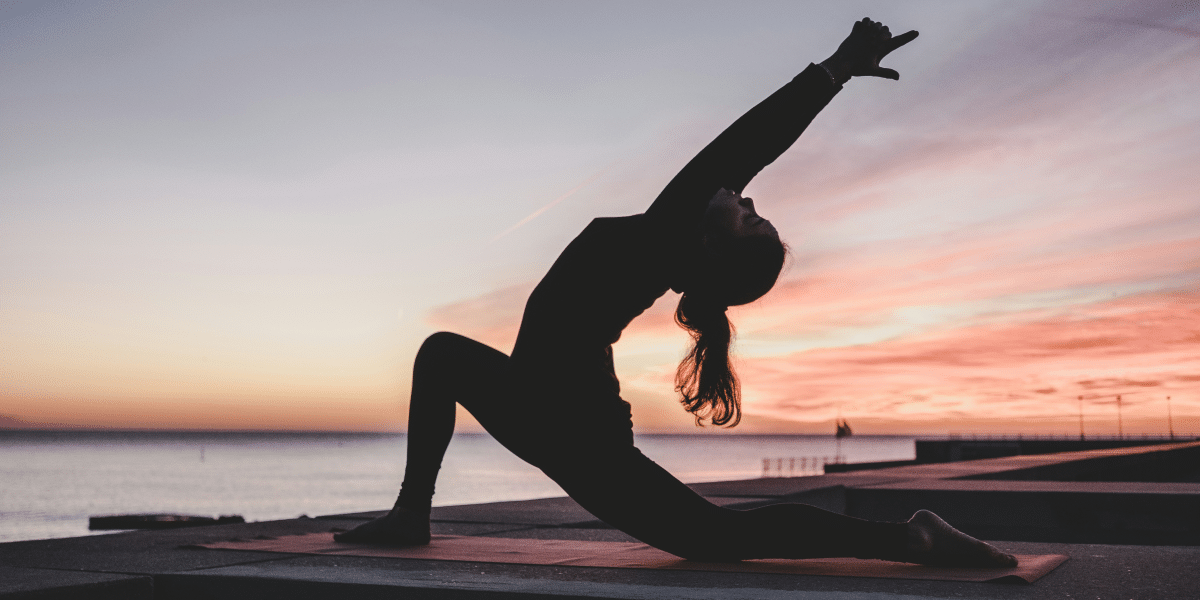By: Maria Williams
Excess tension in the body can impact one’s ability to perform daily activities effectively. This tension can manifest in various ways and cause backaches, eye strain, sore necks and shoulders, carpal tunnel syndrome, jaw pain, and other discomforts. Besides hindering physical performance, it can diminish overall well-being.
People turn to the Alexander Technique to address these issues. This gentle educational method has been practiced worldwide for over a century. It helps individuals change postural habits and develop better coordination of their musculoskeletal system to improve mobility, posture, performance, and focus. People of all ages and lifestyles have used it to find relief from pain, tension, and stress and enhance their quality of life.
Many athletes, actors, singers, dancers, and instrumentalists use this Technique to boost their self-confidence, endurance, vocal production, and precision of movement. Leaders and professionals also find it beneficial for enhancing posture, public speaking abilities, mental focus, and overall presence. This makes them more effective and comfortable in their roles.
When working with a highly trained Alexander Technique teacher, one can learn to perform daily activities with greater ease, enjoyment, and efficiency. This then becomes a new baseline for all your actions. The Balance Arts Center (BAC) in New York City is dedicated to teaching mindfulness and awareness in action through the principles and practices of the Alexander Technique. It helps individuals develop a conscious awareness of their habitual reactions and manage stress more effectively while enhancing their engagement in everyday activities.

The Alexander Technique positively impacted Ann Rodiger, the founder of the BAC. Ann discovered it during her graduate studies in a dance program, where she struggled with balance due to hypermobility and a genetic connective tissue disorder called Ehlers-Danlos syndrome. This condition forced her to lean on her joints excessively, causing pain and instability. Ann learned to understand and connect with her body’s line of gravity through the Alexander Technique. She balanced the different parts of her body and redistributed the work her body performed to serve her better. Doing so improved her physical condition significantly.
Ann’s experience highlights the broader benefits of the Technique. “The Alexander Technique stands out from other modalities because it addresses each person’s structure and guides them on how to use their body optimally, but also gives you a process to work with to improve yourself,” she says. “It doesn’t employ a one-size-fits-all approach.”
The founder states that the process involves two main components: inhibition and direction. The former is about recognizing and stopping harmful patterns of tension, while direction involves consciously guiding oneself toward better balance and functioning. “Letting go of bad habits and replacing them with new, healthier ones can help you have better posture, move easily, and improve your overall well-being,” adds Ann.
The BAC teaches the Alexander Technique through private lessons or group classes. Teachers ask the client what they hope to achieve and what they’re currently experiencing. From there, they offer ideas and guidance on how to be more aware of how the nervous, muscular, and skeletal systems interact. The instructors use gentle verbal and manual guidance to encourage students to approach their movements and responses differently.
One might ask, “How does changing the repetitive or sustained movements help me?” This question captures the essence of the Alexander Technique. “If you continuously perform the same actions, you’ll achieve the same outcomes,” remarks Ann. This insight mirrors how Frederick Matthias Alexander himself developed this approach. Alexander was an orator who lost his voice. He then discovered that his poor head and neck posture was the culprit. The observant man changed his habitual posture and regained his voice. This incident is the foundation for the Alexander Technique.
Ann emphasizes that progress largely depends on one’s willingness to explore and discover. Utilizing the Alexander Technique is exploration and discovery. Therefore, the students may notice their improvement after every lesson. The BAC cultivates an environment where participants can be open to change and rely on the teachers’ ability to communicate what’s beneficial to them.
Ultimately, the Alexander Technique doesn’t only address physical issues like back pain or neck strain. It teaches people to make choices that enhance their overall quality of life by learning to pause and redirect themselves. Such awareness allows one to respond better to internal and external stimuli, leading to better decision-making and a more mindful reaction to various situations. The Balance Arts Center advocates for this holistic approach, guiding individuals through awareness and deliberate change.
Disclaimer: This content is for informational purposes only and is not intended as medical advice, nor does it replace professional medical expertise or treatment. If you have any concerns or questions about your health, always consult with a physician or other healthcare professional.
Published by: Martin De Juan

















